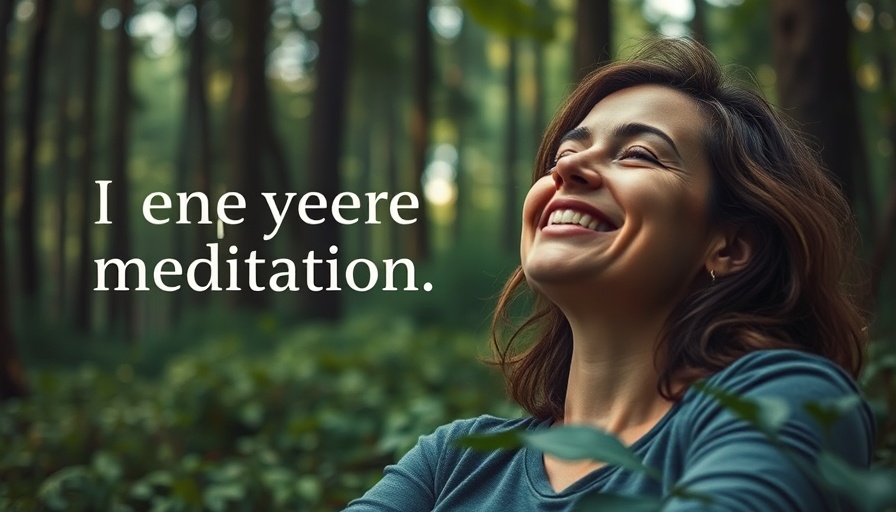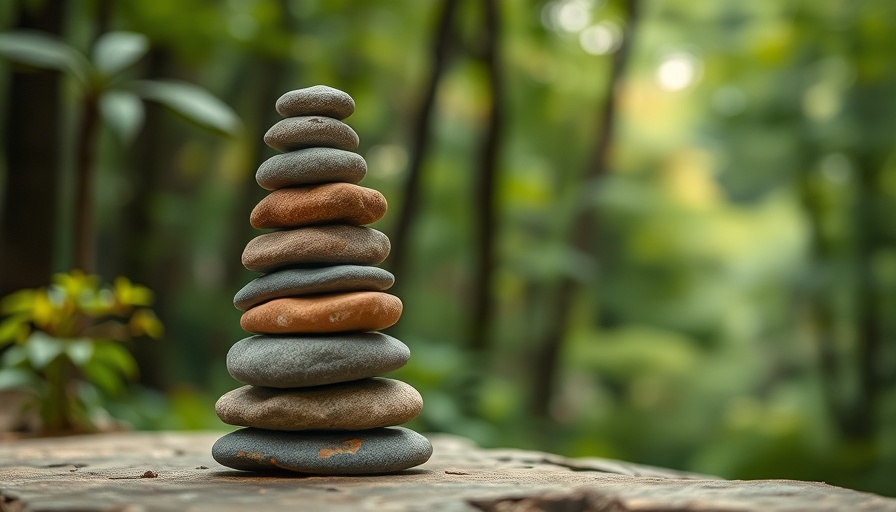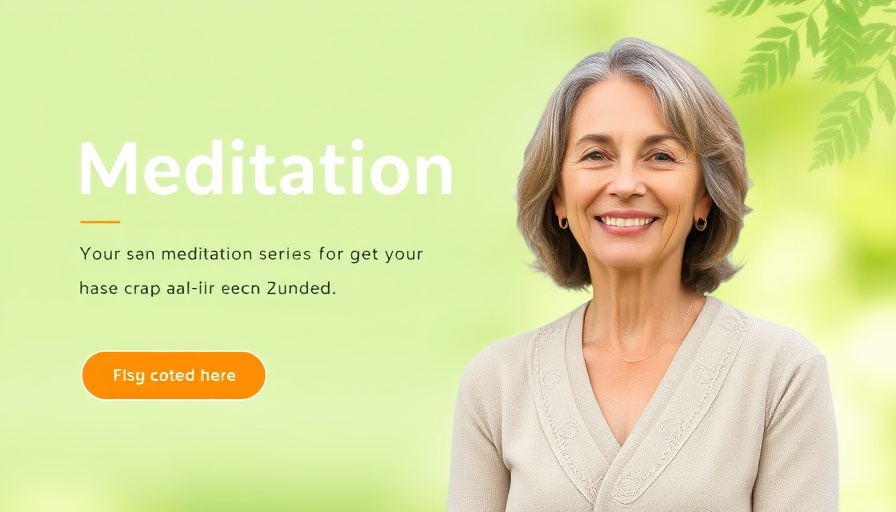
Rediscovering Our Connection to the Land
In an era characterized by a fast-paced digital existence, it’s easy to overlook the profound bond we share with nature. Modern Western societies often treat land as a mere backdrop for recreation or resource extraction. Yet, as Yuria Celidwen, an Indigenous scholar and teacher, proposes through her guided meditation, there exists a rich, collective identity tied to the earth beneath our feet. This meditation serves not only as a practice, but as a reminder that our relationship with the land is foundational to our sense of belonging and purpose in life.
The Invitation to Listen
Celidwen’s meditation encourages us to approach the land with reverence, gratitude, and an open heart. By observing our surroundings—engaging our senses to recognize the textures, scents, and sounds—we begin to form a connection that transcends mere physical presence. The act of pausing to truly listen to the land offers invaluable insights into our place within the larger tapestry of life and history. Each land holds stories and songs, echoing generations that have walked before us.
Embracing a Transformative Practice
As we engage with Celidwen’s meditation, we’re invited to slow down and find a comfortable spot within nature. This might be in our backyard, a nearby park, or a scenic overlook. The purpose is to create a sacred space, nurturing a relationship with the land that fosters healing and self-discovery. Taking the time to anchor ourselves in the present, we can practice gratitude—not only for our surroundings but for the stories they hold.
Natural Spaces as Sources of Healing
Historically, many cultures recognize the therapeutic benefits of connecting with nature. Studies increasingly support the idea that spending time outdoors can alleviate stress, improve mood, and enhance overall well-being. The concept of 'nature therapy' is gaining traction as a path to cultivate mental health, echoing the importance of Celidwen’s teachings. By consciously immersing ourselves in nature, we can combat the pervasive disconnect of modern life and rediscover the peace that arises from such connections.
Fostering a Sustainable Future
Connecting with the land also means acknowledging our responsibility towards it. As we listen to the stories of the earth, we are reminded of the fragility of these ecosystems and our role in preserving them. Understanding the significance of sustainability and eco-conscious living becomes paramount as we embrace our identity as stewards of the natural world. Practicing mindfulness in our interactions with the environment can lead to more thoughtful decisions, from choosing sustainable products to advocating for environmental rights.
The Natural World as a Teacher
Every interaction with nature is an opportunity for lessons learned. Whether it’s noticing the resilience of a wildflower growing through concrete or learning patience while waiting for a stream to soften the rocks, nature continuously offers wisdom. By embodying the spirit of inquiry, we can experience profound insights that influence how we engage with both ourselves and the world around us.
What This Means for Us Today
As we consider our individual narratives in relation to the land, Celidwen’s meditation serves as a bridge. It reminds us that every step taken on the earth is steeped in history and a collective story that is ever-evolving. By embracing these moments of reflection, we honor the sacredness of the land and, in turn, empower ourselves. Let this exploration of connection inspire deeper relationships and encourage a movement towards greater respect for the ecosystems around us.
In today's world, where disconnection often reigns, turning to practices that foster unity with nature can be life-changing. By making this meditation a part of our daily lives, we open up pathways to insight, healing, and sustainability. So, find a spot in nature, close your eyes, open your heart, and listen carefully to the stories waiting to be uncovered.
 Add Row
Add Row  Add
Add 




Write A Comment